
Dezeen Publishes Article by WPA’s Erin Agdinaoay on Financial Literacy in Architecture
In architecture, there’s a perception that creativity and financial awareness don’t mix – that great design should be the focus,...
Read More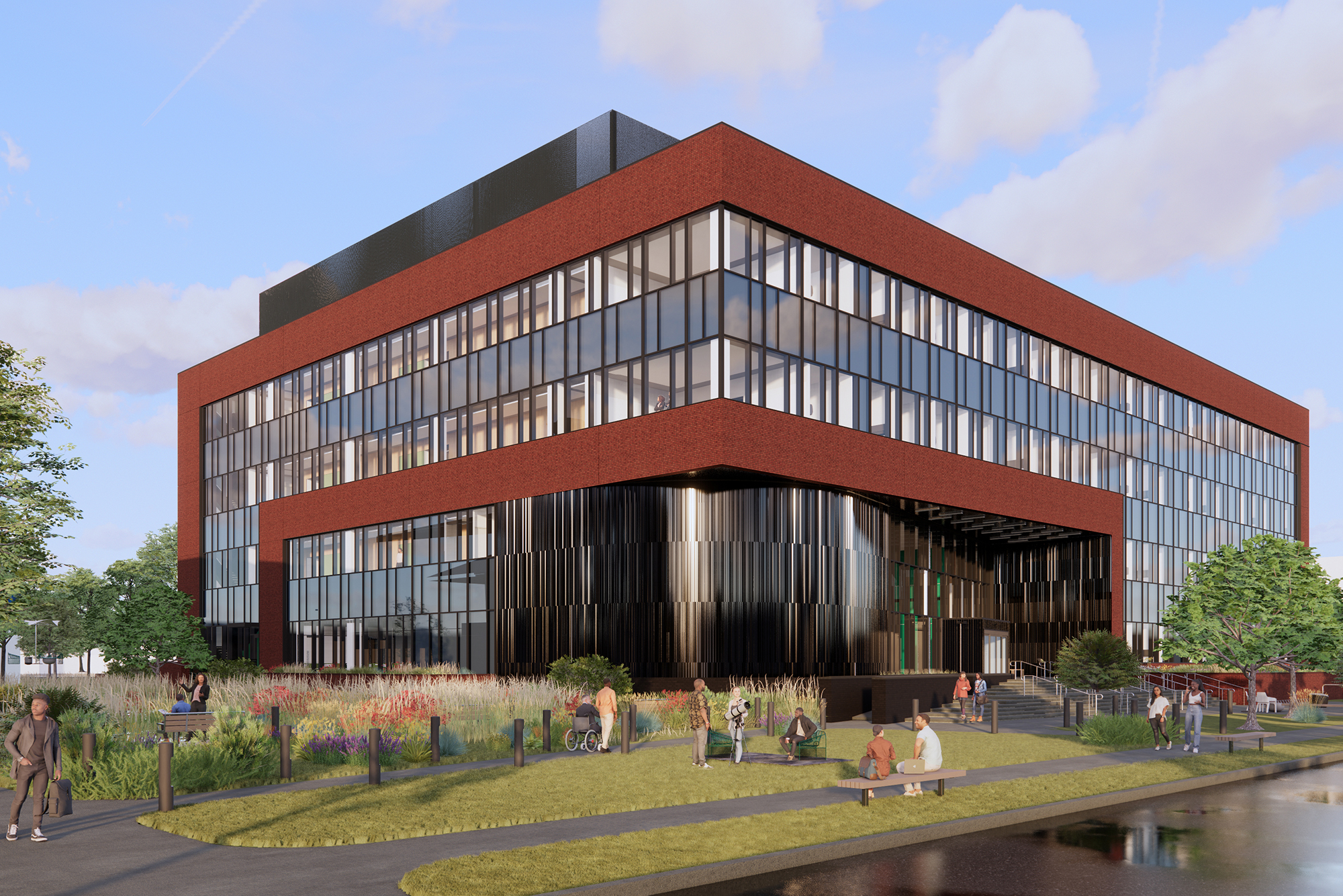
CoVaBiz Talks Architectural Tech with WPA’s Corrie Cohen
In a recent Q&A for CoVaBiz Magazine, WPA’s Corrie Cohen unpacks how technology is shaping the future of architecture —...
Read More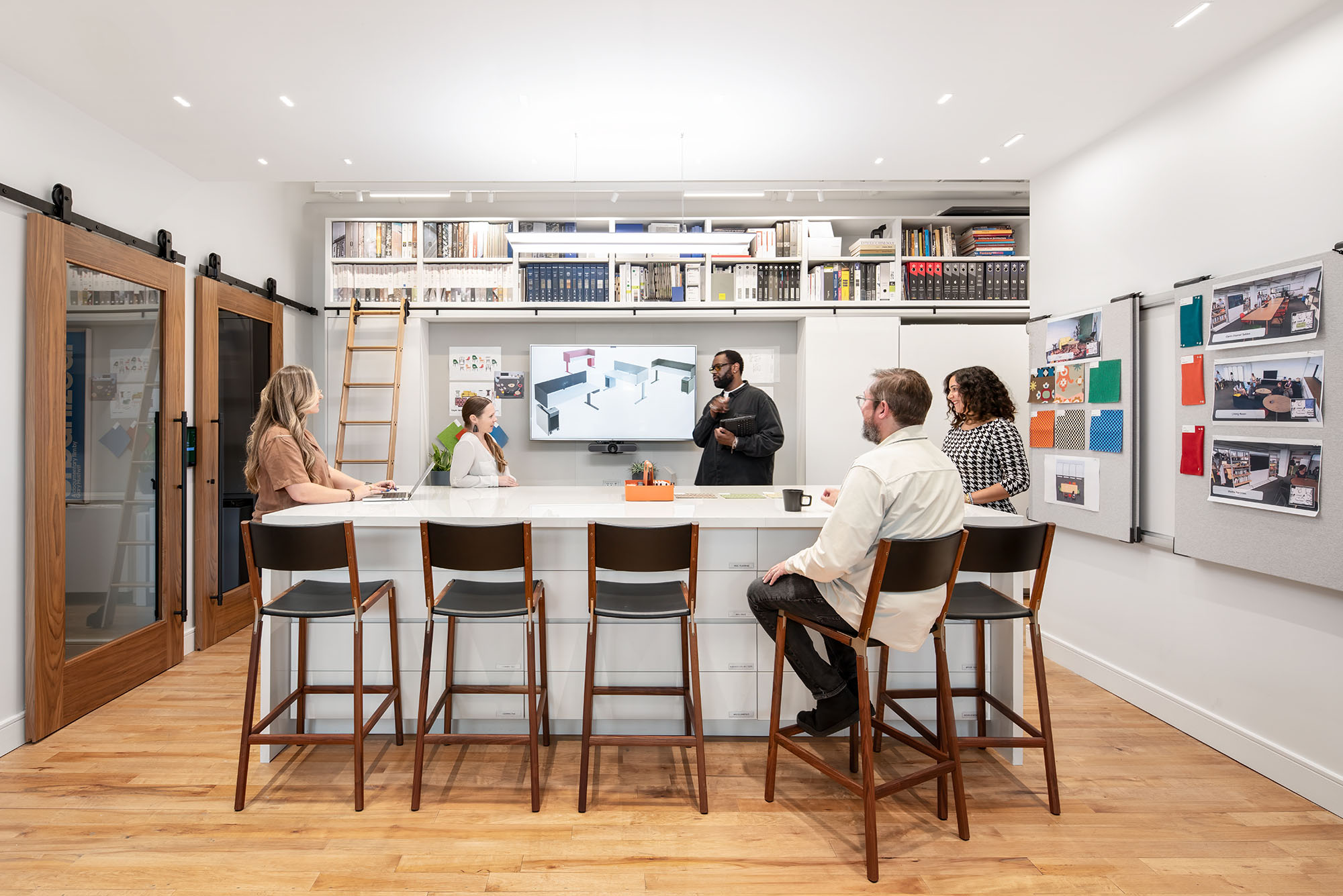
WPA Included on Inc. 5000 List of America’s Fastest-Growing Private Companies
Work Program Architects has been included in the 2025 edition of the Inc. 5000, a recognition that the Norfolk architecture...
Read More
CEO Mel Price Talks Radical Transparency on People Managing People Podcast
For a recent episode of the People Managing People podcast, host David Rice sat down Mel Price, CEO and co-founder...
Read More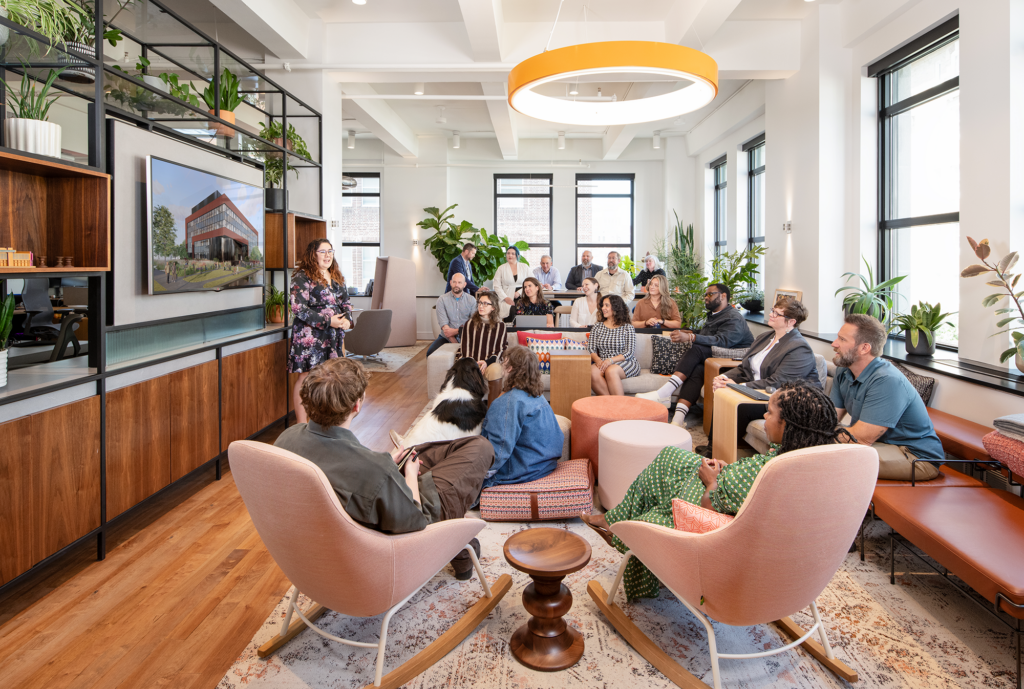
AIA Publishes Essay on Pay Transparency by WPA’s Erin Agdinaoay
How architects engage with their work changes when they’re given access to the full financial picture. At Work Program Architects,...
Read More
The Chrysler Museum of Art’s Plan for Coastal Resilience Highlighted by Virginia Mercury
As sea levels rise and sunny-day flooding becomes a familiar occurrence in Norfolk, the Chrysler Museum of Art is taking...
Read More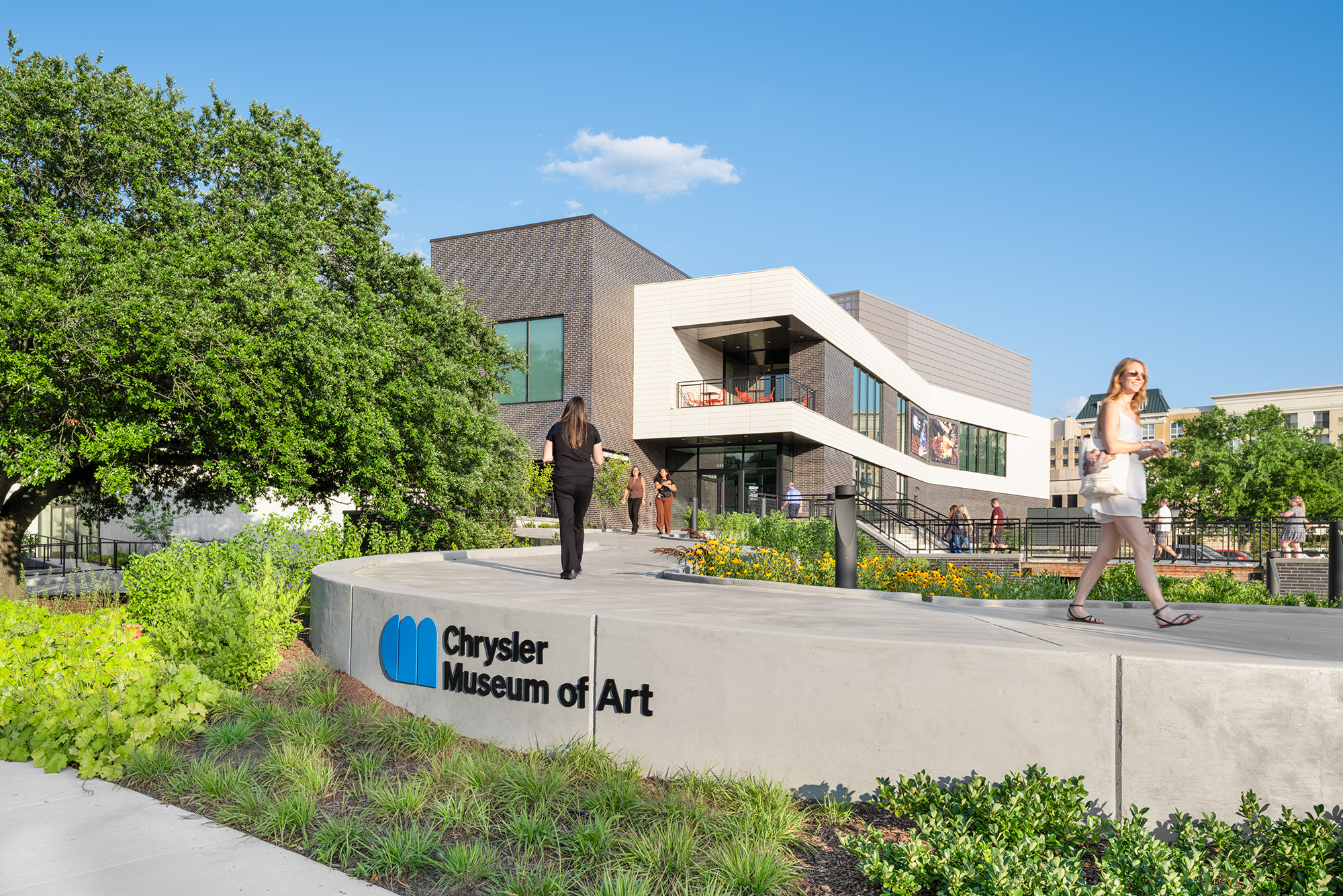
The Wall Street Journal Spotlights the Perry Glass Studio’s Purpose-Driven Design
The expansion of the Chrysler Museum of Art’s Perry Glass Studio — designed by Work Program Architects — was recently...
Read More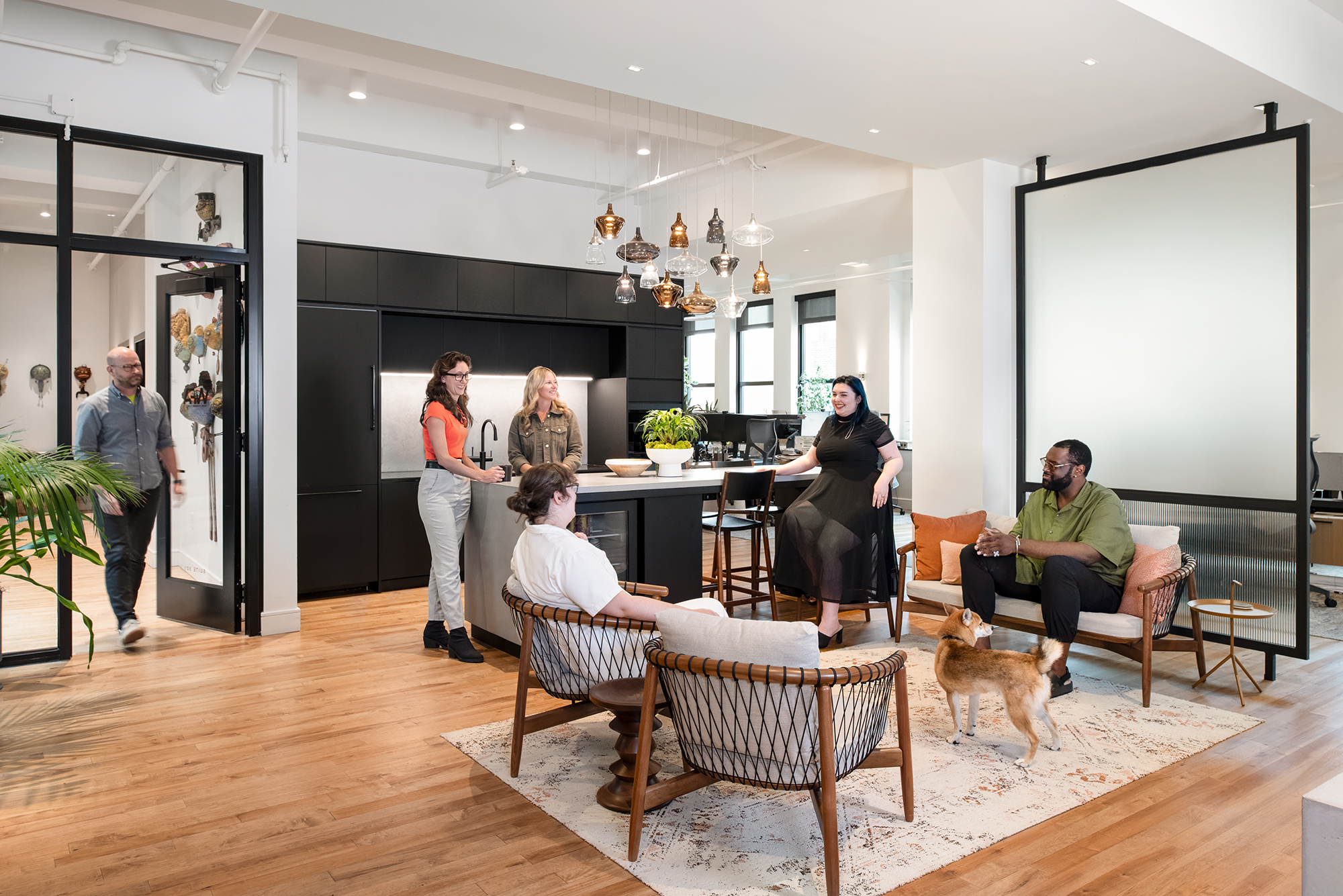
Inc. Names Work Program Architects One of 2025’s Best Workplaces
Work Program Architects has been named to Inc. magazine’s 2025 list of Best Workplaces, a national recognition honoring companies that...
Read More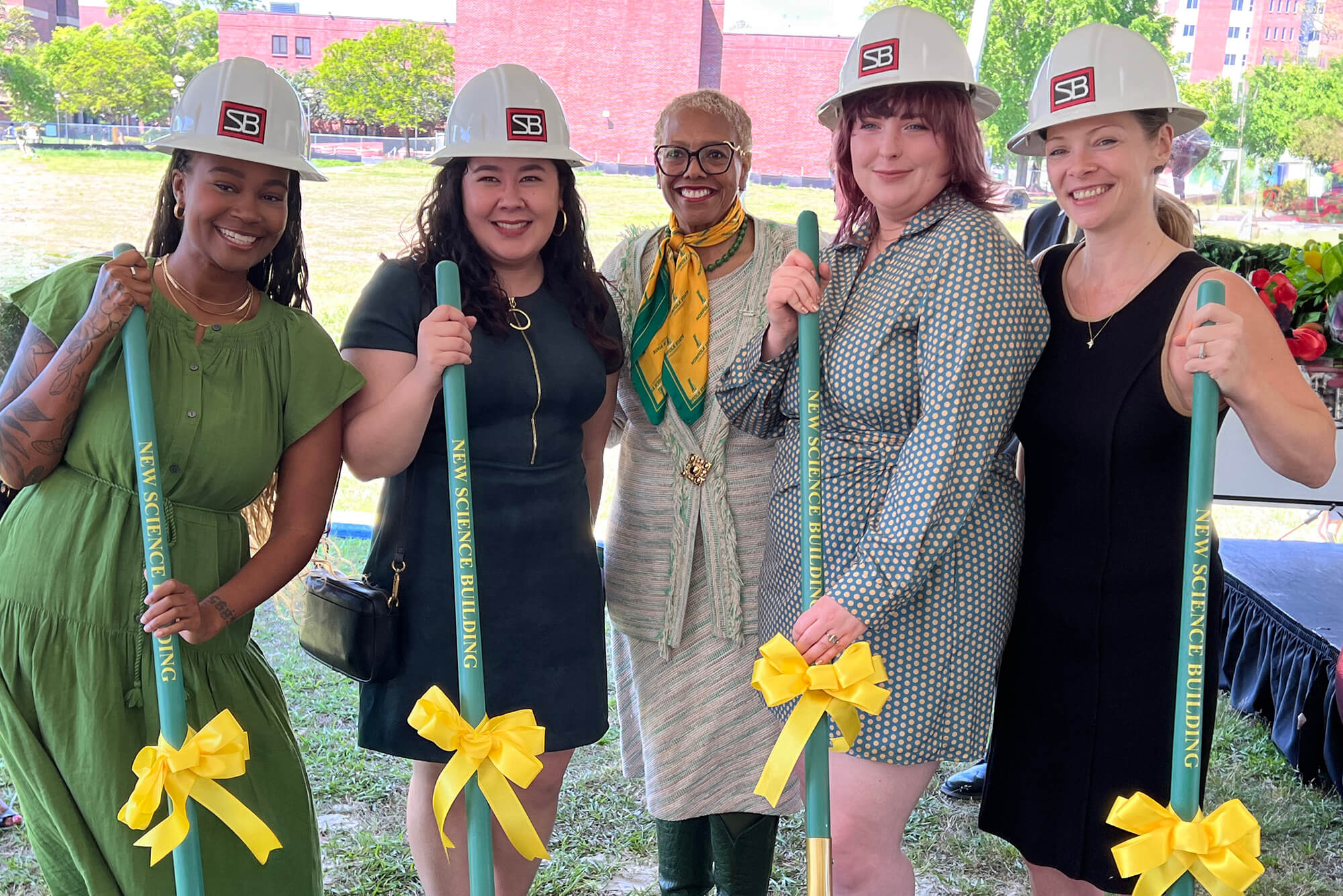
NSU Starts Work on $118M Facility to Expand Science and Research Opportunities
Norfolk State University (NSU) marked a major milestone on April 18 with a groundbreaking ceremony for its $118 million New...
Read More